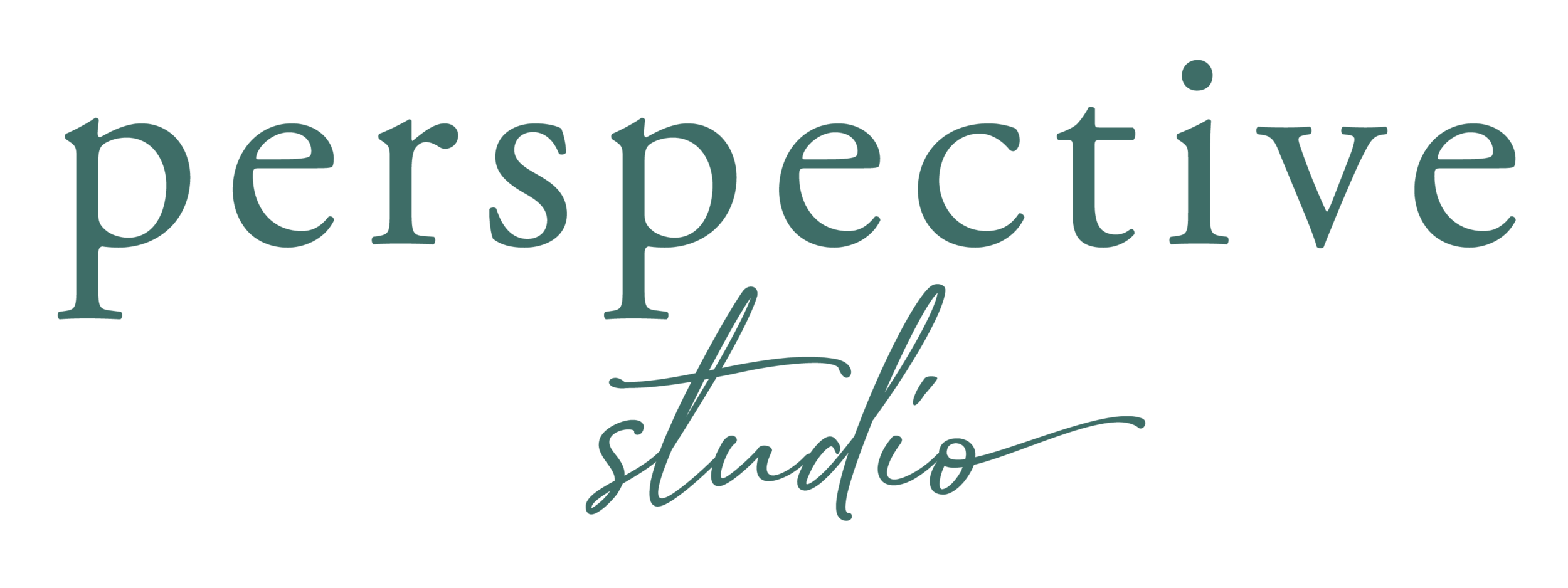3 Things You Should Have on Your Nonprofit Website
Yep, I hear it all the time: “What should we have on our website homepage?”
It’s the dreaded content issue. With nonprofits often tackling work that is incredibly nuanced, it’s tempting to just copy and paste from long, boring reports and proposals, and utilize that on your website. Then you cover all your bases, and don’t miss any details, right?
Wrong! Friend, please stop, I repeat, stop (in a big red flashing sign)!
I’m here to give you a little tidbit of insider knowledge. Here it is: no one is reading all that text (gasp*). But I have good news, there is a better way!
Yep, you heard me, there are three simple things you should have on your homepage, and no, thankfully it’s not rocket science, so anyone can do it. So throw out those long reports, get out a fresh sheet of paper (or open a new Google doc), and let’s get started.
STATE THE PROBLEM OR CHALLENGE
To be truly effective, the goal of most nonprofits is to put themselves out of business. Right? Think about it. There is a problem or difficulty that you are either trying to solve, eradicate or provide support for, with the eventual goal of not having to anymore.
We need to know about that problem. It’s as simple as that.
Tell us, in a couple sentences (not 5 paragraphs), when you strip all the extra details away, what the basic root problem or challenge is you are trying to solve or offer help for. For example:
1 in 10 people lack access to clean drinking water worldwide.
Nearly 700,000 men and women get out of prison every year, and almost two-thirds of them are arrested again within three years.
20% of students in our school district are reading below their current grade level.
Every good story has a challenge that the protagonist comes up against, otherwise you don’t have a good story, right? If we want to guide our audience into this story, giving them a role to play, they need to know what they’re going to be up against, or what they’re facing.
STATE YOUR NONPROFIT’S SOLUTION
Once you’ve established your problem, you don’t want to leave your audience hanging or hopeless. By this point they should be thinking, so what can I do about it?
Well, so glad you asked! This is your chance to play the guide, leading your audience deeper into the story. This is where you tell them exactly what you do. You’re letting them know that there is a solution that exists, and here’s what it is.
Examples could include:
We bring clean and safe drinking water to developing countries. Here’s how…
We aim to get the formerly incarcerated back on their feet through a range of services. Here’s how…
We connect volunteer tutors with local students, to increase their reading levels by the end of the school year. Here’s how…
That’s it. State a clear solution that your organization is working towards or facilitates. It doesn’t have to be complicated. Now, bare in mind, everything else on your website will support these two statements of the problem and solution.
For example, the more detailed “how” of your solution may include different programs and tools, but you don’t necessarily need to put all of this on the homepage. Simplify it and give your audience a taste, otherwise you will start to clutter the homepage. They can find out more on your “About/Services/Programs” page.
OFFER YOUR AUDIENCE A CALL TO ACTION
Now that you have shared the problem or challenge, and the proposed solution being offered, it’s time to invite your audience in to be a hero. You’re essentially saying, here is this difficult problem, here is a proven, effective solution, you have an important role in solving this problem. You’re inviting them into a beautiful story of a movement of people making the world a better place or offering them hope in some way.
This is called your primary call to action. For example, it can be actions such as “give now,” “volunteer today,” “sign petition,” or “make an appointment.”
Whatever it is, this button should be highlighted in your top navigation, as well as in at least one section on your homepage, ideally towards the top.
QUICK TIPS TO REMEMBER
> Keep it simple. Don’t overthink it too much. There’s a problem or challenge that exists, you are offering a solution, and you’re inviting your audience to play a key role in that solution.
> These three things are not the only things that can or will go on your homepage, they are simply the 3 most important ideas to have on your homepage. You can provide other supporting info to compliment your problem/solution/action.
> Ideally, your audience needs to know your problem/solution/action within the first few seconds of looking at your page, otherwise you risk losing them. One idea to make this possible, is to make sure it is all placed “above the fold,” meaning they don’t have to scroll too much (or minimal scrolling if on a mobile device) to see it.







As an online creative business owner, I know I’m just one of hundreds of thousands of people trying to figure out how to navigate the next few months, not only in their business, but every part of their life. There are so many unknowns. So many questions. So much confusion on how to navigate things, particularly in our businesses. It’s not just affecting one country, it’s affecting businesses globally, from the mom and pop shop on the corner, to entire corporations and supply chains.